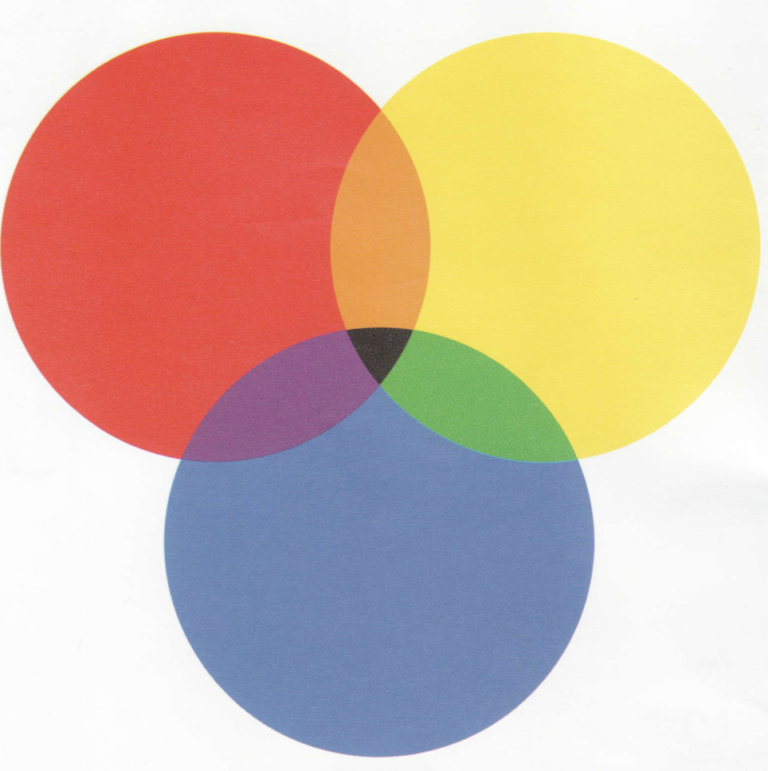
Ideas I love to share when teaching about the color wheel …
- that color surrounds us – look around you, what colors do you see?
- that color inspires us – what color is your favorite? what color makes you smile?
- that color is a way to express yourself- what color clothing are you wearing?, what color is your bedroom? What color is your favorite stuffed animal or toy?
- that color expresses feelings and moods- what color do yo feel when you are happy or sad or angry?
- that color represents symbols – like the red, white and blue flag!
- that color can represent temperature like white blue crystals of ice!
- that color can represent things in the natural environment but like all colors can change in different types of light – like the sky! So color can represent time!
- that color can be used to define quality of foods and be so delicious to the eyes, it can make our mouths water!
Unfortunately, many of my students haven’t been given an opportunity to really think about color.
Questions like: how was this color made? or how does this color classroom influence us? are simply not being asked enough. This was evident as not one student in one class was able to complete a basic color wheel. Students were all in elementary school of different grade levels but no one knew neutral colors, primary colors, secondary colors, adjacent colors, complementary colors, warm or cool colors. Only two of my new students knew basic color-mixing of how to make green.
It’s very common for my students to want to put pink in the color wheel.
It felt like they had been cheated out of the free and very basic awareness of the joy of understanding and observing of color.
Color wheel Pre and posttests:
A simple pretest is very helpful in getting an understanding of what students know or don’t know about the color wheel. I have students draw a circle and then create an x inside of it and then split the x in half horizontally creating six equal size “pizza slice” shaped spaces. In each they put their colors in as students often describe rainbow order starting with red.
We write the primary colors red, yellow and blue skipping a space between them and then I demonstrate color mixing and students write the secondary colors. For students who cant write or spell this can be a game to learn these words. However for those really struggling for the first go around we can use crayons to color in the shapes. This assignment can be repeated by students using paint and even more fun a third time for review by using model magic clay.
Color Mixing and Math using clay:
We can teach color mixing of the secondary and tertiary colors using clay. We can also explore tints and shades by mixing colors of clay with different amounts of black or white clay. By cutting clay into 4 equal parts, students also learn fractions and percentages. Students become inherently excited to make more complex fractions in an effort to invent a new color and discover the math behind it so they can repeat the equation. Yes, I say teaching the color wheel can be a grand adventure in learning!

